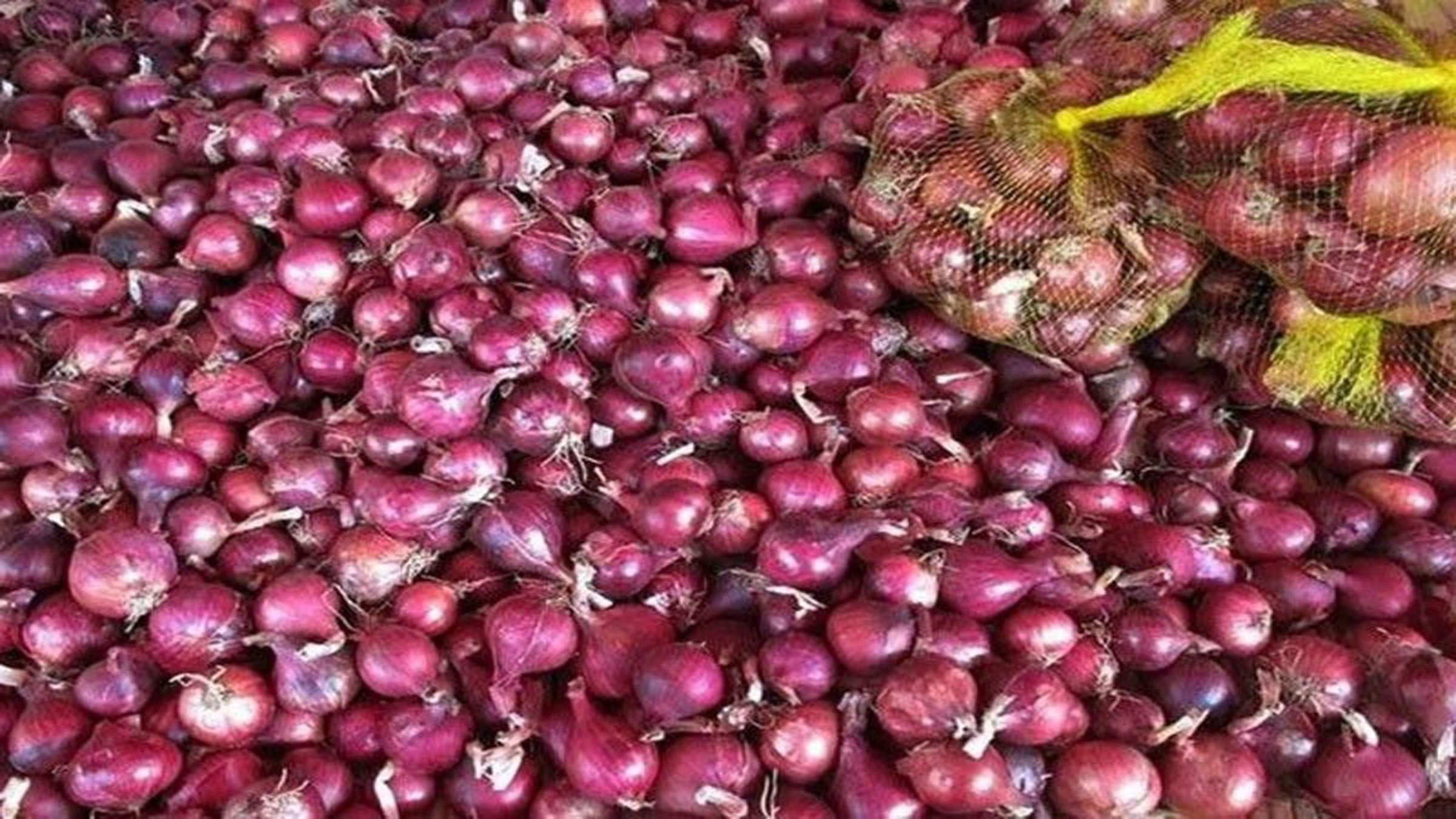It’s good that the Department of Agriculture is steadfast in not allowing onion importation, for the benefit of local farmers. But DA, through the trucks and networks of the National Food Authority and Food Terminal Inc., should bring the onions to the wet markets so that prices can go down and not stay at P350 a kilo. Nakakaiyak when onion, so vital in cooking, is so unaffordable to many.
It’s heartwarming to see the Department of Agriculture refusing to allow onion importations because, the commodity is being controlled by viajeros and importers/traders who want to push up onion prices even more. They are greedy, to say the least.
The DA is standing firm in not importing onions as long as there is “available” local supply, and importation would be “last resort” to pull down the retail price of the commodity in the market. Actually, there is a lot of supplies being hoarded by those greedy traders.
Agriculture Deputy spokesman Rex Estoperez said the department would only authorize the importation of the onion if existing local supplies will not be released to the market to help ease the price of the commodity. (But why accede to their manipulative practices. DA must force them to release these stocks, It must use its regulatory powers and join forces with the Department of Trade and Industry to force these stocks out).
Estoperez noted that the country has an inventory of around 15,000 metric tons at present.
“Importation is out of the question, we will not allow it. We do not have any plans,” he told reporters on Monday, Business Mirror reported.
“[But] if the [local] supply will not be released to pull down the prices, worse comes to worst, we will import,” he added. (If by we, the DA means it will do importation on its own and not through shrewd importers/traders, then so be it).
Estoperez explained that local producers should help bring down the price of onions, especially if there are available supplies in warehouses and cold storages.
“I was in Balintawak recently and there were sacks and sacks of red onions which came from Nueva Ecija. Again, worse comes to worst, we will allow importation if they will not release the supply. Huwag nila hintayin iyon [They shouldn’t wait for that to happen],” he said. (If I may say so, that is what they are forcing you to do—import).
Estoperez made the remarks on the heels of the national government’s seizure of at least 100,000 kilograms of smuggled yellow onions valued at P30 million.
The country is reeling from the prices of red onion, now fetching an average of P280 per kilogram—nowhere near the P180 per kilogram average price a year ago—due to supply problems.
In October, the Department of Agriculture (DA) was forced to issue a suggested retail price (SRP) on red onion at P170 per kilogram in its bid to address the rising prices of the commodity in the market.
In August, the DA revealed the country would suffer a shortage of key ingredients in making Filipino dishes, such as white onion and garlic, as total supplies, even with imports, are insufficient to meet overall demand for the commodities.
This year the DA decided not to issue import permits for another round of white onion importation to prevent farm-gate prices from being depressed.
Agriculture Assistant Secretary Kristine Y. Evangelista explained that they are persuading industrial users, such as restaurants, to use red onions instead of white onions as a solution to the current supply woes.
“We have to import white onions but our direction right now is to convince institutional buyers to buy red onions,” she said.
The country’s total onion imports from January to September declined by more than half year-on-year to 26,110.021 metric tons from 53,463.693 metric tons last year, based on Philippine Statistics Authority (PSA) data.
The Philippines self-sufficiency ratio (SSR) in onions last year fell to a three-year low at 68.2 percent, PSA data showed. This meant that nearly 7 out of 10 onions consumed in the country are locally produced.
The PSA defines SSR as the “magnitude of production in relation to domestic utilization.” It is the extent to which a country’s supply of commodities is derived from its domestic production or the extent to which a country relies on its own production resources.
The Philippines produced 218,047 metric tons of onion last year and imported 101,681 metric tons of the commodity, based on PSA data.
Tags: #DA. #notoonionimports, #bringdownonionstowetmarkets
